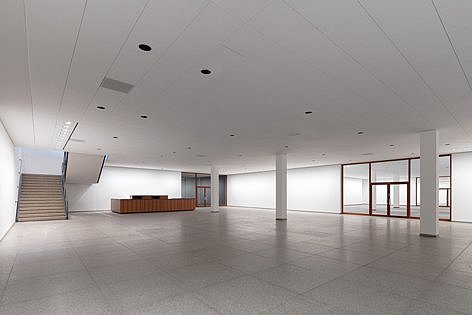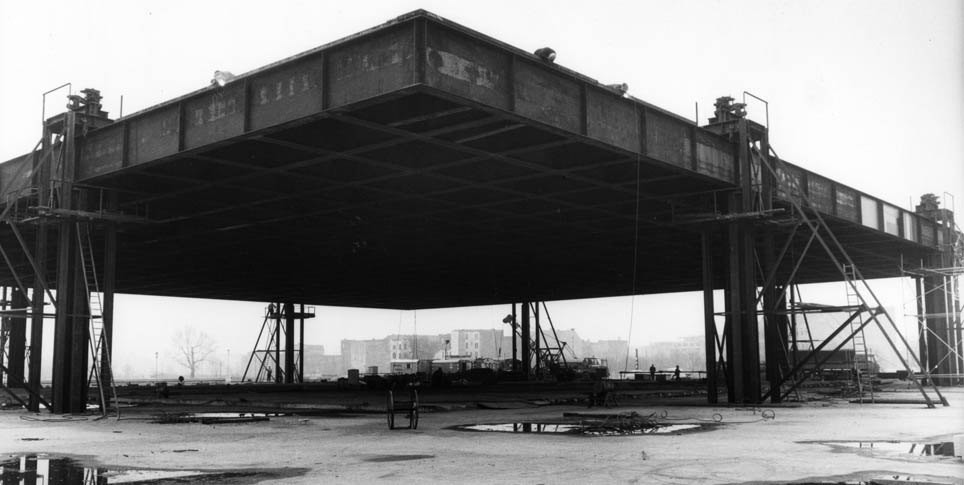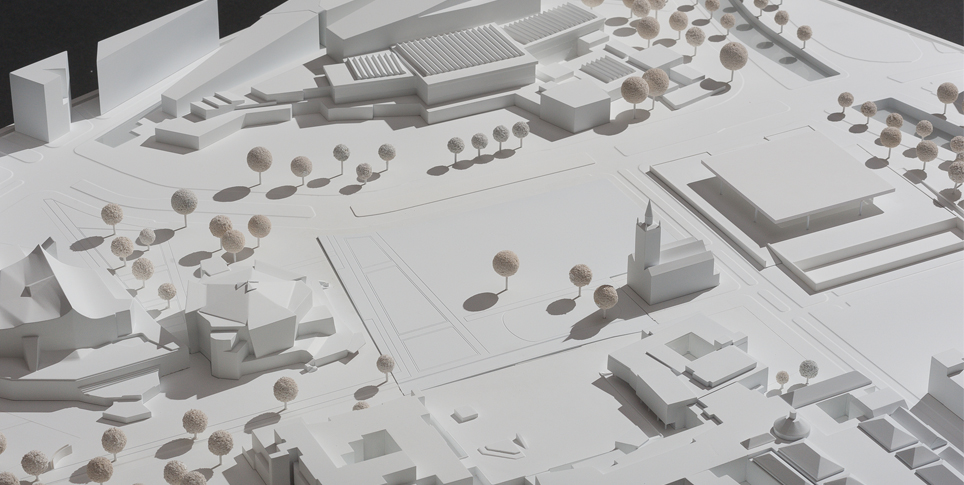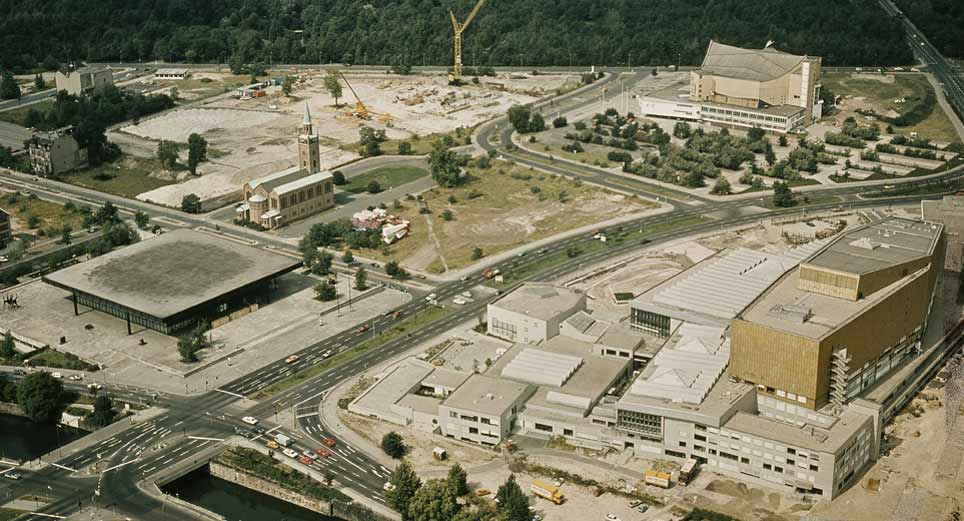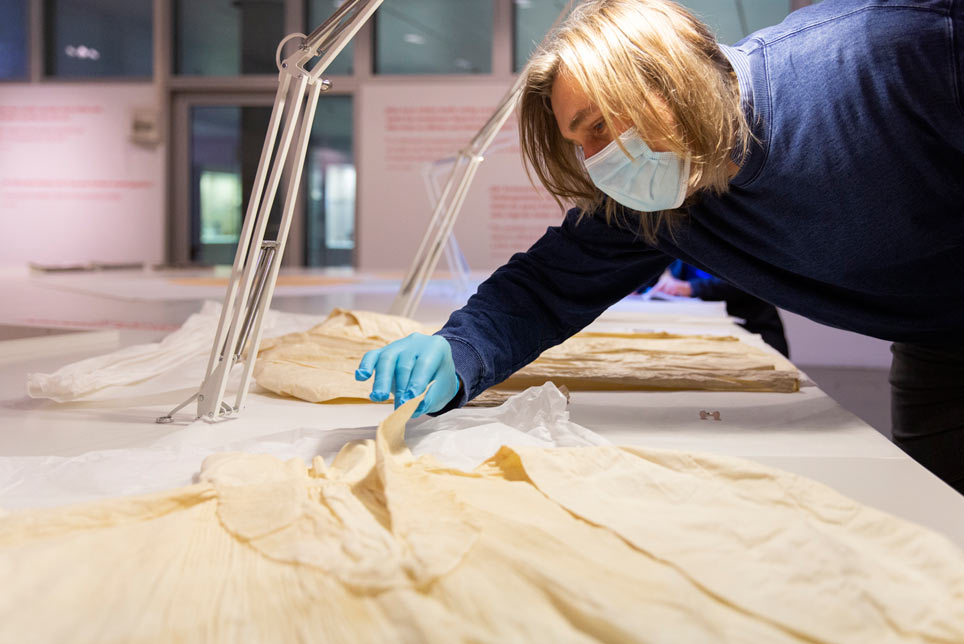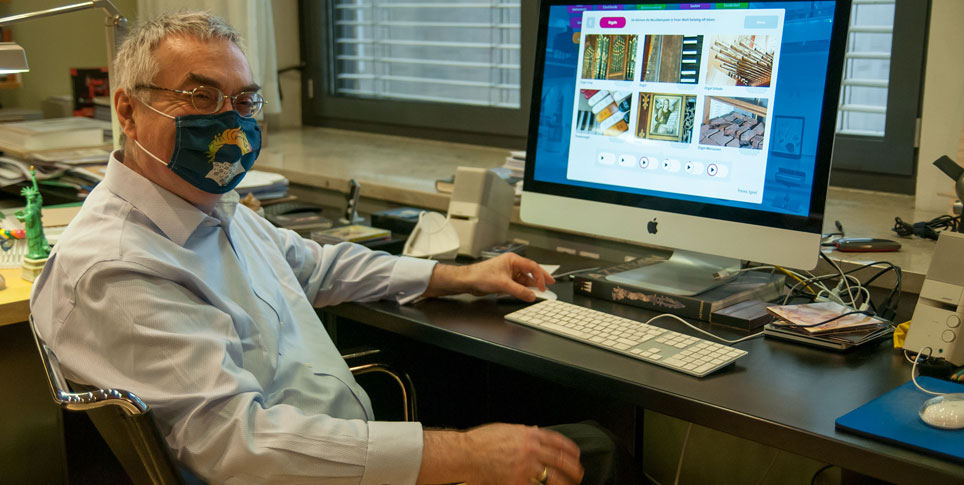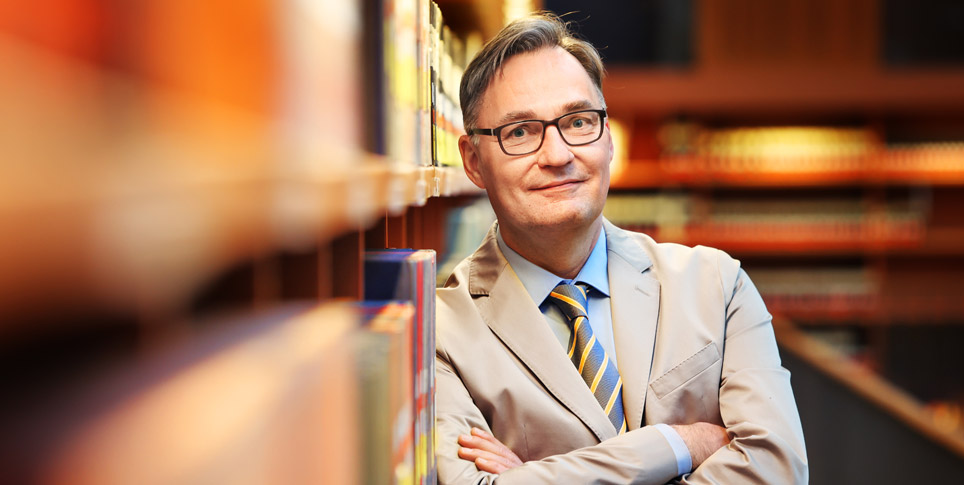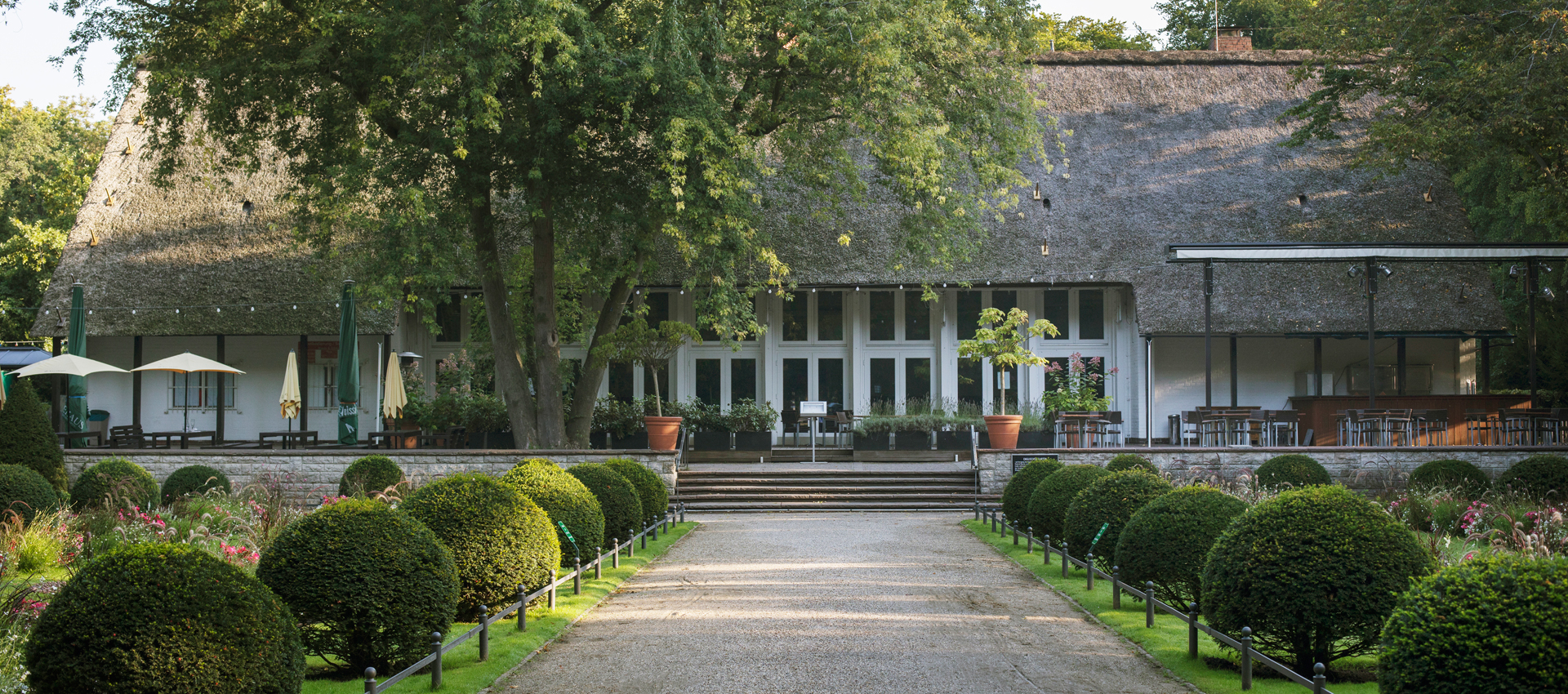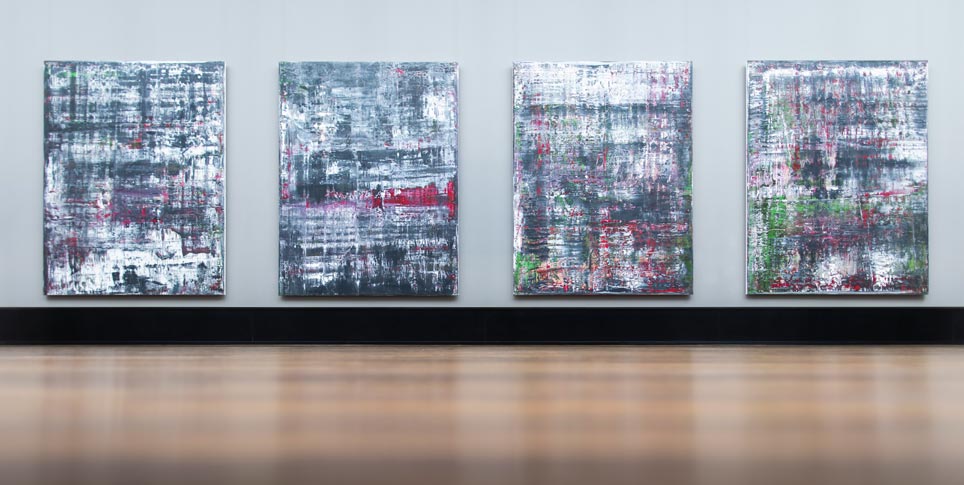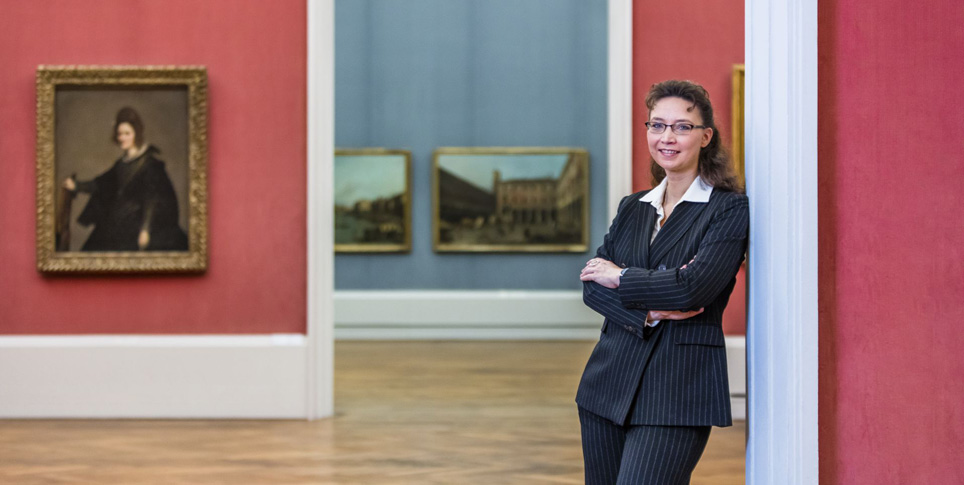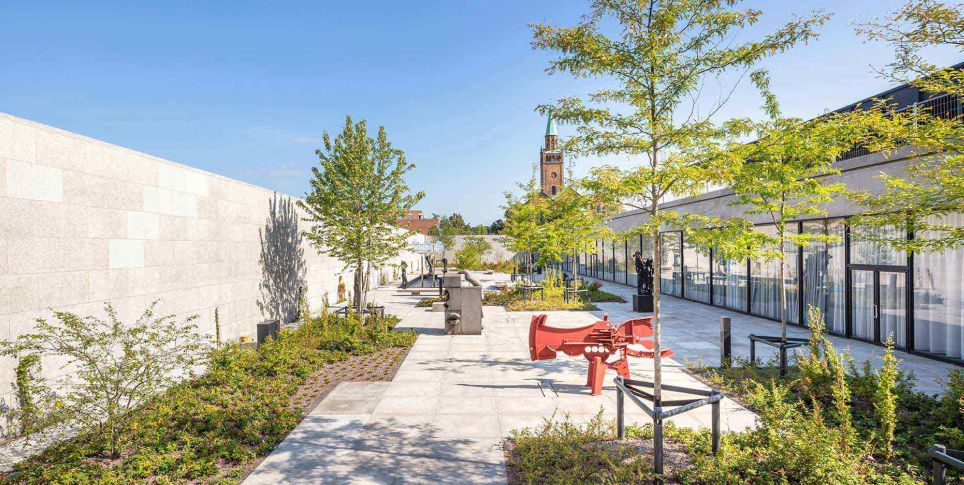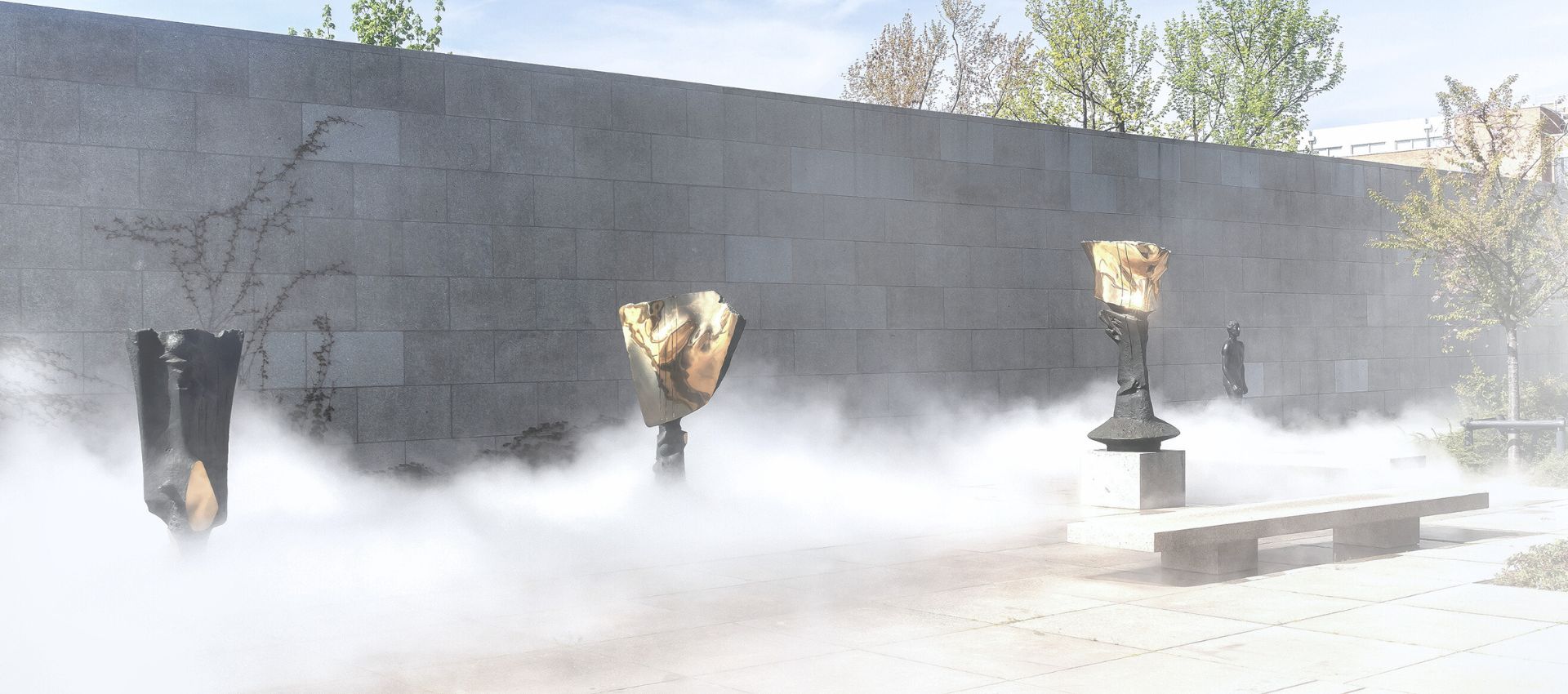Architectural theorist Fritz Neumeyer, an expert on Mies van der Rohe, has taken a first look around the refurbished Neue Nationalgalerie.
A new coating applied to 15,000 square meters of the steel structure and 500 weld seams repaired, as well as 1,600 square meters of new glass fitted. 800 existing ceiling lights converted to LED technology, 196 ceiling grilles reinstalled and 2500 square meters of natural stone slabs re-laid. These are the figures given by the Bundesamt für Bauwesen und Raumordnung (Federal Office for Building and Regional Planning, BBR) for the full refurbishment of the Neue Nationalgalerie (New National Gallery), designed by Ludwig Mies van der Rohe. But how does it feel as a result, this re-issue of the timeless temple to Western modernism? We asked architectural theorist Fritz Neumeyer, considered to be the expert on Mies, who acted as a consultant for the refurbishment.
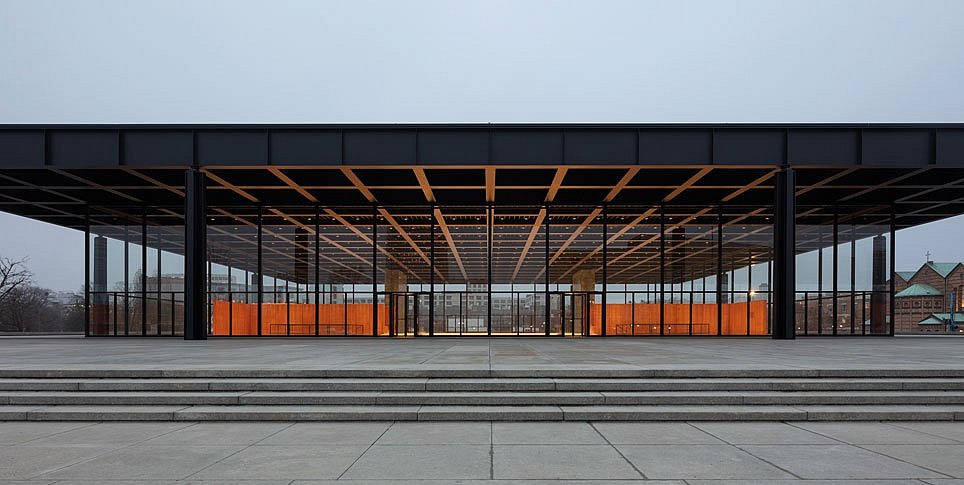
The Neue Nationalgalerie shines again in its former glory. © BBR / Thomas Bruns
Mr. Neumeyer, you are one of the very first people to have seen the "new" Neue Nationalgalerie. What impression did it make on you?
It was incredibly moving to experience this building in its original freshness, in all its immediacy. When you stand in the upper hall, the spatial relationship to the city becomes much clearer than before. Everything comes into focus more clearly and distinctly. Even as a student, I felt amazement when I drove past this building. I didn't know anything about Mies at the time, but since then I've been fascinated by his uniqueness and magnificence. In the course of its use, the building had undergone certain structural alterations that had obscured its clarity. Now Mies really stands before us once again, without compromises. This superb building really manages to say a lot with little.
But that has nothing to do with his well-known "less is more" motto, nothing at all. This isn't about omitting things; it's about the artistic expression of the essence with supreme assurance and composure. In that, Mies was a true master. His idea of placing works of art against the background of the city now comes across much more strongly. Once the site hoardings have been removed and people can see the entire structure again, without obstructions, it may become clear that this is the best building constructed in Berlin after 1945.
The refurbishment work was carried out, as David Chipperfield has put it, with surgical precision. The Neue Nationalgalerie doesn't hide its age: traces of the past have remained recognizable, like the imprints of fossils.
That too is enormously important. After all, Chipperfield knew that here he couldn't simply give everything a fresh coat of paint. He has a feeling for the task and solves it brilliantly. To give an example: if you stand in the upper hall and look up into the structure under the ceiling, you can see the large, lively grid. It shimmers a little because the old paintwork has been preserved as far as possible, without impairing the uniformity of the supporting structure. It's much the same with the glazing bars and the doors. Chipperfield doesn't go out of his way to cultivate the patina, but he does make traces perceptible.
And what do you think of the lower level of the building?
That is especially great now because there is no art hanging in it. (laughs) You can see very nicely how the projecting wall slabs relate to the sculpture garden. I also find the carpeting very successful. It has something going for it, something that can't be found in any other museum. We discussed it at great length, because Udo Kittelmann didn't want the carpet at all. Modern art can't be exhibited with woodchip wallpaper, velvet and standard lamps. But I do think that a certain degree of comfort contributes to the intimacy of the interior. In the lower rooms, you are in an acoustically dampened atmosphere without disturbance. This corresponds to the infinitely great calm and strength that this building emanates. For me, the Neue Nationalgalerie is actually a place of relaxation, an island of order in the chaos of the Kulturforum.
You have said that here, people can view works of art against the background of the city. That city has changed greatly during the past few years. Will the Neue Nationalgalerie be able to hold its own?
Mies wanted to open up the space inside his buildings and tie it into the landscape. If you stand on the plinth now, you see Potsdamer Platz and a panorama that is completely different to what you would have seen at the end of the 1960s. These changes in the distant backdrop have not hurt the Neue Nationalgalerie; on the contrary, they have strengthened the authority of this building in the cityscape. Now we shall see how the immediate neighborhood copes with Mies.


